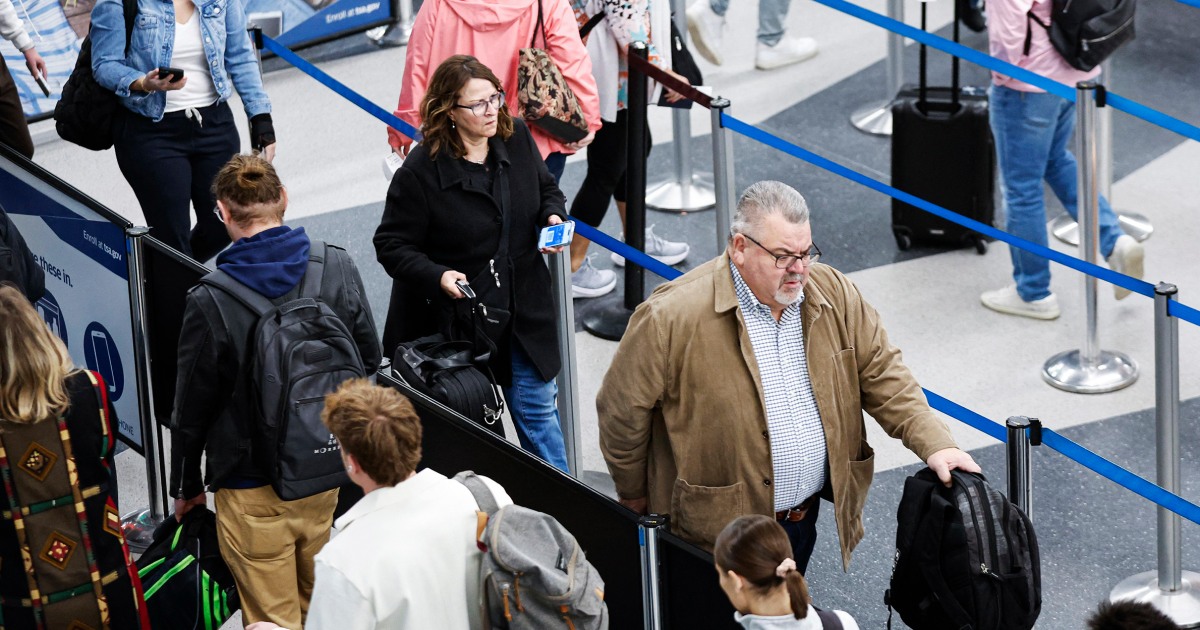Travel
15 things kids should know about space travel | Astronomy.com
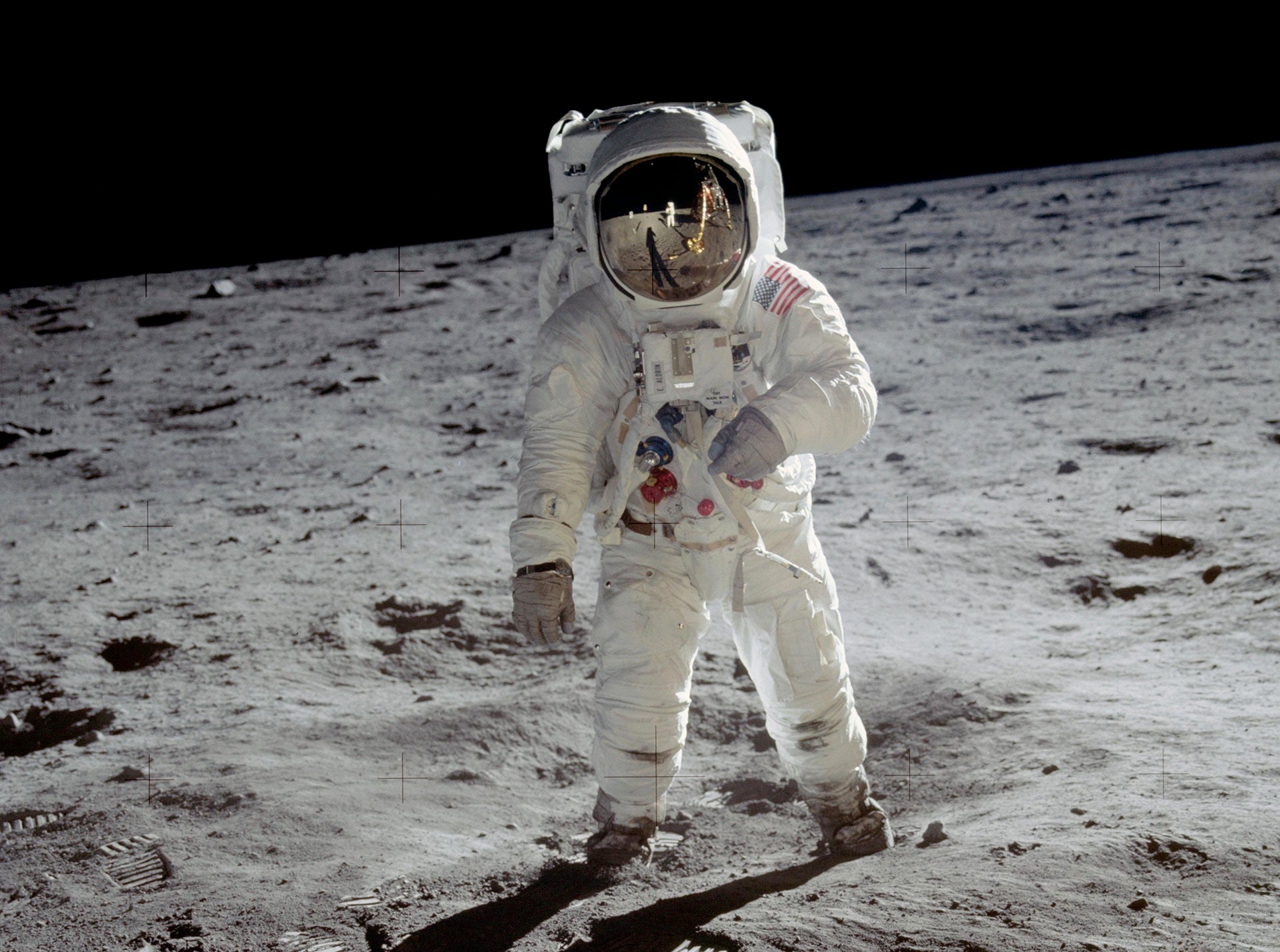
Neil Armstrong was the first man on the Moon — but only a few pictures from the crew’s cameras show him on his historic moonwalk. In one of them (above), he is visible as a reflection in Buzz Aldrin’s helmet. Credit: NASA
Professional and amateur astronomers alike love to share facts about our amazing universe: “The brightest star is…,” “A black hole is…,” and lots more. These facts are so incredible that we sometimes overlook our own little corner of the cosmos and how humans have ventured into it. Space exploration, however, goes hand in hand with astronomy. So, I’ve come up with a list of 15 simple facts about spaceflight that you can share with your children — or with your non-astronomer friends.
1. Russia was first
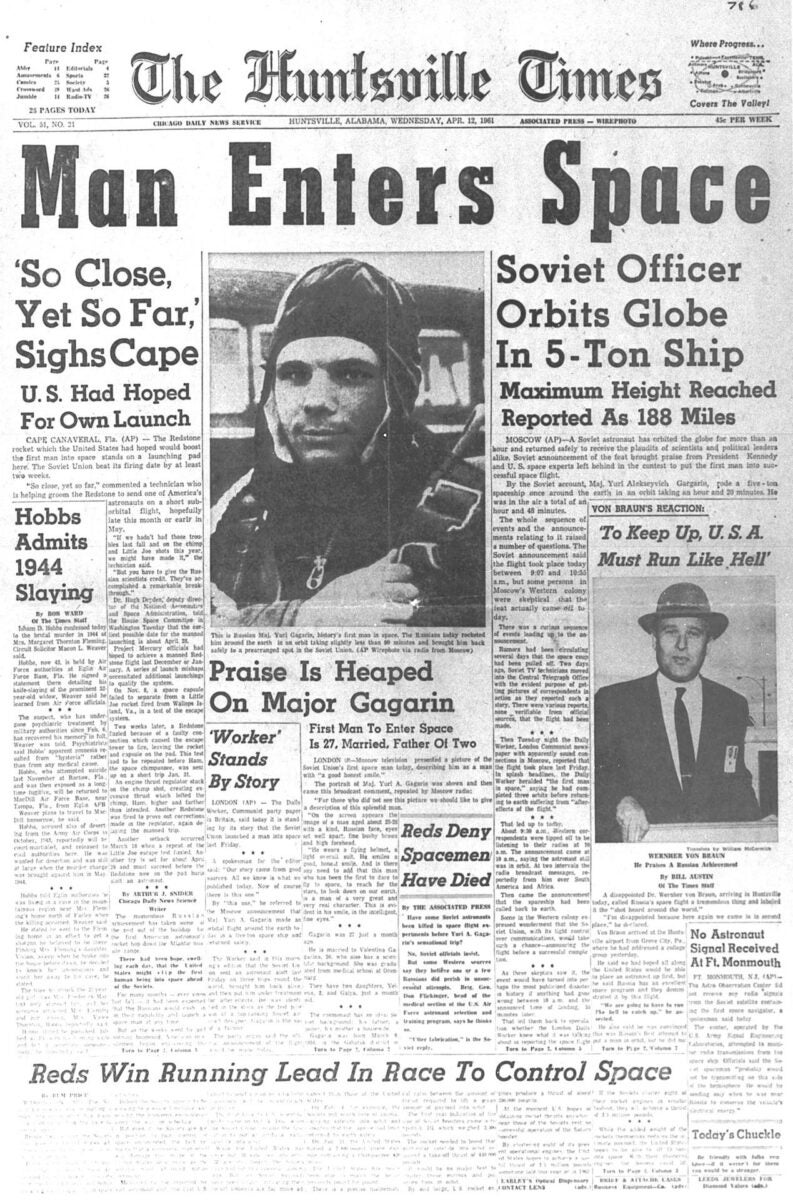
Yep, Russia (then the main country of the Soviet Union) beat the U.S. in spaceflight pretty much every step of the way until NASA landed people on the Moon. The first artificial satellite — Sputnik, launched Oct. 4, 1957 — was Russian. So was the first human in space, Yuri Gagarin, who also became the first person to orbit Earth. That happened April 12, 1961. The first woman in space was also Russian. Valentina Tereshkova orbited Earth 48 times starting June 16, 1963. She’s also the only woman who ever flew a mission to space alone.
2. Space begins above our atmosphere
Believe it or not, there is a legal definition for where space begins. That’s because the movements of spacecraft are regulated by different treaties than those of aircraft. Most countries use the Kármán line, which is named for Hungarian-American physicist Theodore von Kármán, the first person to calculate an altitude where space begins. The Kármán line lies 62 miles (100 kilometers) above sea level.
3. Rockets were invented long ago
The Chinese invented rockets perhaps as early as the 10th century. Some historians date their first recorded use to 1232. Early Chinese rockets used gunpowder as fuel, so they were a lot like fireworks. Soldiers attached an arrow to each rocket and launched them at their enemies during battles. By the 15th century, militaries around the world had adopted rocket technology.
4. Robert Goddard was a pioneer rocket man
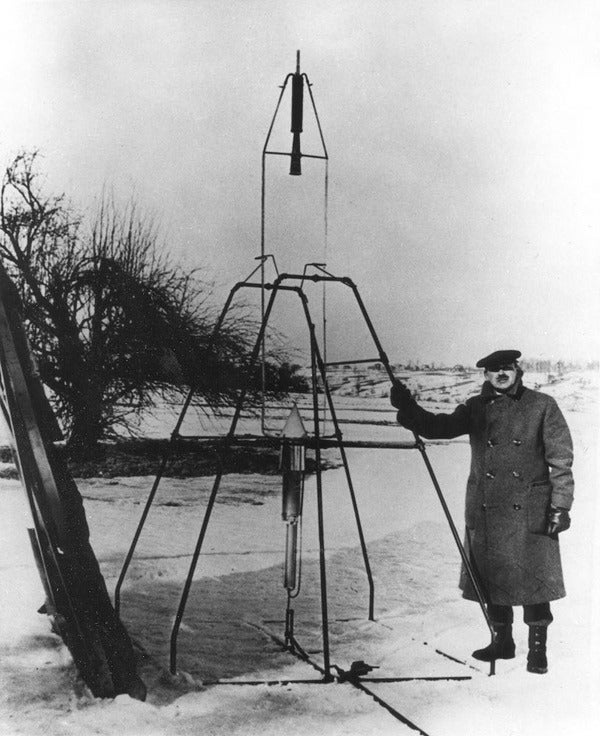
Goddard was an American inventor who built the first liquid-fueled rocket. Historians credit the launch of his first rocket, on March 16, 1926, with starting the modern age of rocketry. Over the next decade, he and his team launched several dozen rockets, which traveled as fast as 550 mph (885 km/h) and as high as 1.6 miles (2.6 km).
5. Sputnik changed everything
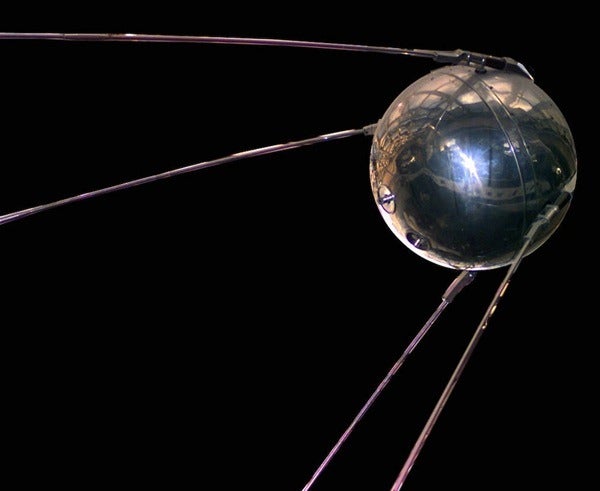
If the question is “When did the Space Age start?”, the answer is “When Sputnik was launched.” In the 1950s, the Soviet Union was in a race with the U.S. to be the first country to send a satellite into space. Scientists and engineers on both sides spent years trying to reach this goal. Then, on Oct. 4, 1957, the Soviet Union launched Sputnik 1, which became Earth’s first artificial satellite (i.e., one launched by humans). Sputnik had four radio antennas and measured 23 inches (58 centimeters) across. It orbited Earth once every 96 minutes and 12 seconds. The radio transmitter Sputnik carried only sent back beeps. It worked for three weeks until the batteries ran out. And although the message was simple, it seemed to tell every radio operator on Earth who listened to it, “The Soviet Union is in space.”
6. Alan Shepard was first for the U.S.
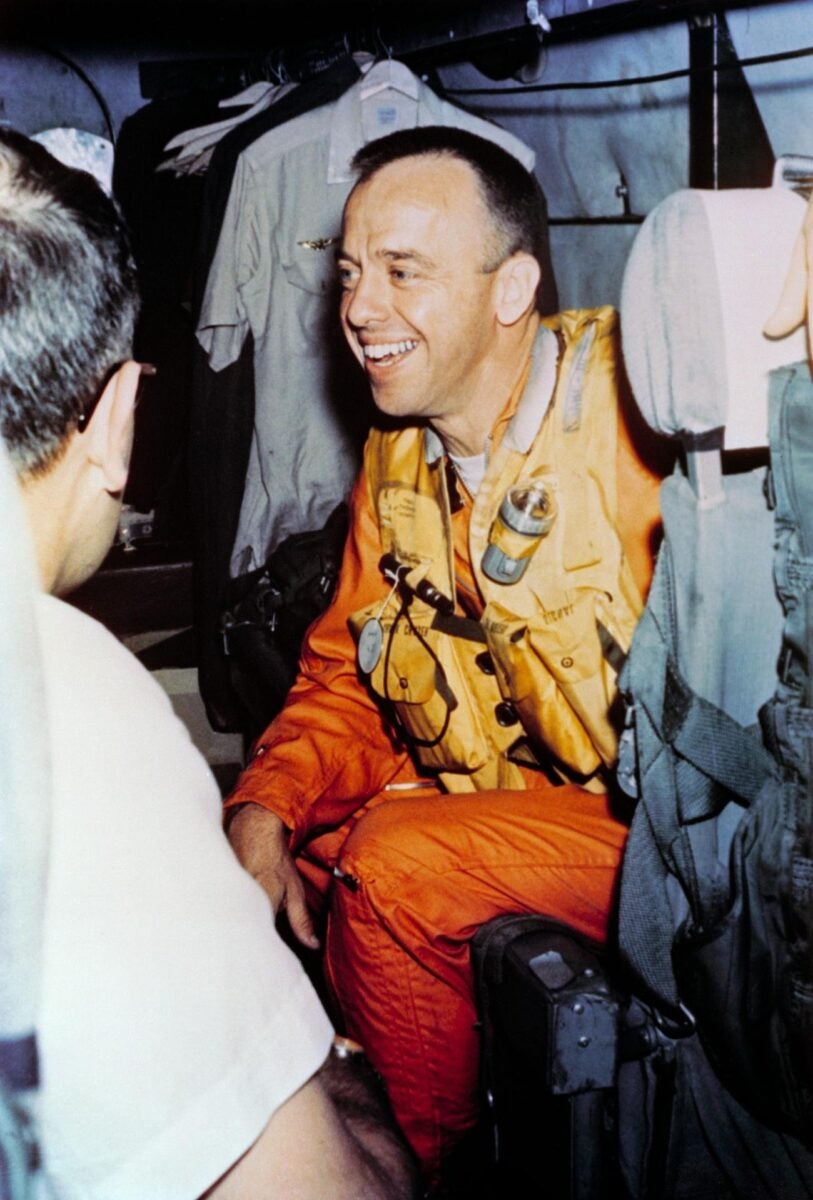
Shepard was a naval pilot and one of seven people chosen for Project Mercury, NASA’s first space program. On May 5, 1961, he became the first American and the second person in space. In 1971, he became the fifth astronaut — and, at age 47, the oldest — to walk on the Moon.
7. The “Moon race” began with a speech
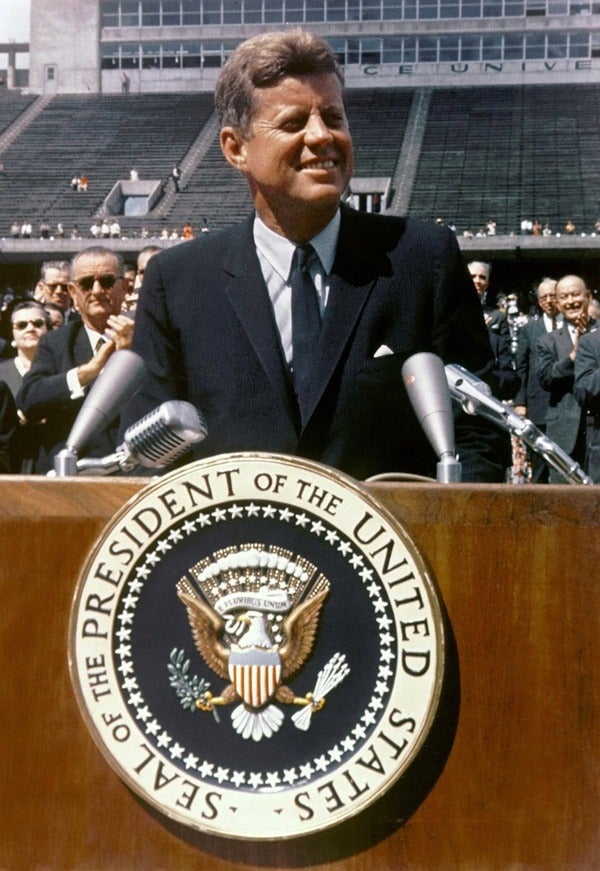
On Sept. 12, 1962, President John F. Kennedy gave a speech to a crowd of about 40,000 at Rice University Stadium in Houston, Texas. Among other things, Kennedy said, “We choose to go to the Moon in this decade and do the other things, not because they are easy, but because they are hard.” However, The line that most historians think started the race to land a person on the Moon didn’t come from this speech. Instead, it came from an address to Congress May 25, 1961, in which Kennedy said, “I believe that this nation should commit itself to achieving the goal, before this decade is out, of landing a man on the Moon and returning him safely to the Earth.” And although Kennedy didn’t live to see it, in July 1969, the U.S. did exactly that.
8. Neil Armstrong was first on the Moon
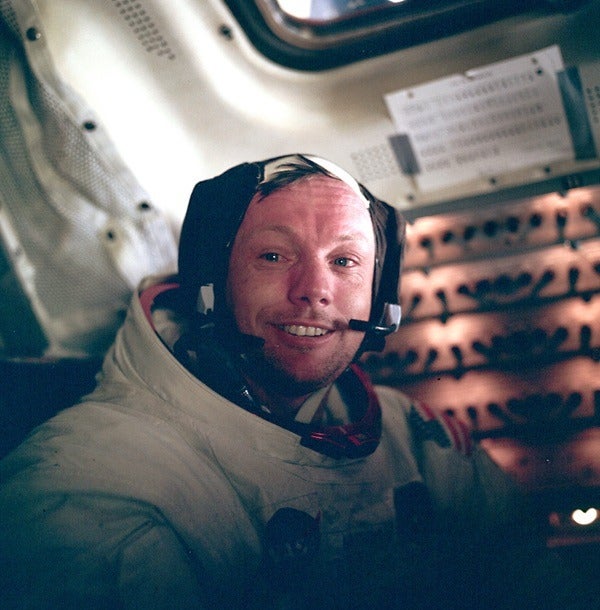
This naval pilot entered the astronaut program in 1962. He first flew into space in 1966 aboard Gemini 8. That mission featured the first docking of two spacecraft in orbit. Later, he was named commander of the historic Apollo 11 mission, the first human Moon landing.
9. Spacewalks aren’t really walks
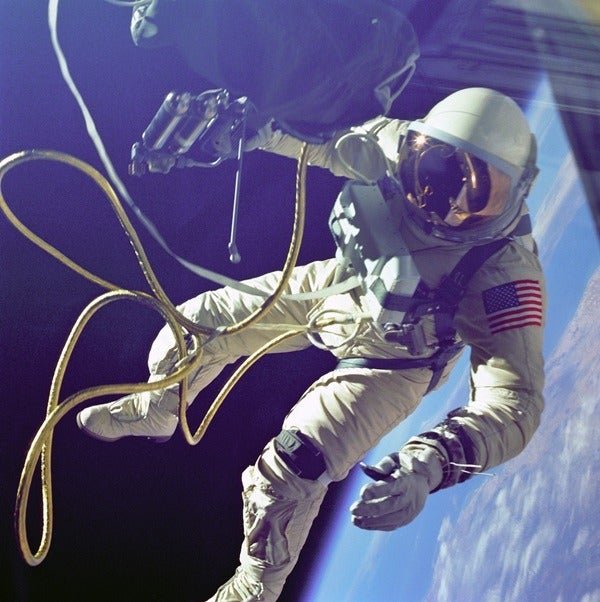
Many astronauts have completed an extravehicular activity (EVA) in space. Astronauts often refer to this as a spacewalk. But usually, that term means going outside a vessel in orbit, attached by a cord.
In 1965, the Soviet cosmonaut Alexei Leonov became the first human to walk in space. The journey, during his Voskhod 2 mission, lasted 12 minutes. The first U.S. spacewalk took place later in 1965, when astronaut Ed White walked in space for 23 minutes during the Gemini 4 mission.
10. That’s a long time in space
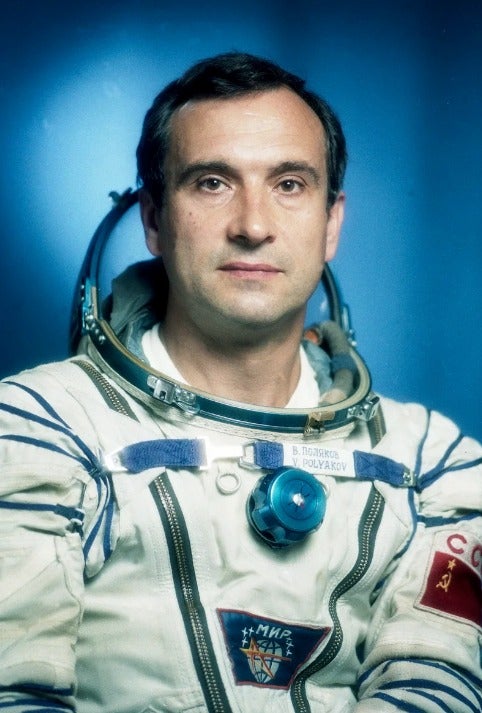
Russian cosmonaut Valeri Polyakov spent 437 days and 18 hours on a single trip to space, the longest ever by any human. He launched to the Mir space station Jan. 8, 1994, and returned to Earth March 22, 1995. The longest spaceflight by a woman is 328 days. NASA astronaut Christina Koch launched to the International Space Station March 14, 2019. She returned to Earth Feb. 6, 2020.
11. This crew went the fastest
On May 26, 1969, the crew of NASA’s Apollo 10 mission (Thomas Stafford, John Young, and Eugene Cernan) reached a speed of 24,791 mph (39,897 km/h), or about 32 times faster than the speed of sound on Earth at sea level.
12. Spaceflight is dangerous
As of this writing, 30 humans have been killed in the pursuit of outer space. Six were Soviet or Russian cosmonauts, one was Israeli, and the rest were U.S. astronauts. Of these, 11 were killed during training or test flights and 19 were killed in actual flight. The latter group includes two seven-person crews aboard the space shuttles Challenger and Columbia, which were destroyed during atmospheric flight. The three-man crew of Soyuz 11 are the only people to have died in space.
13. Spacesuits are important
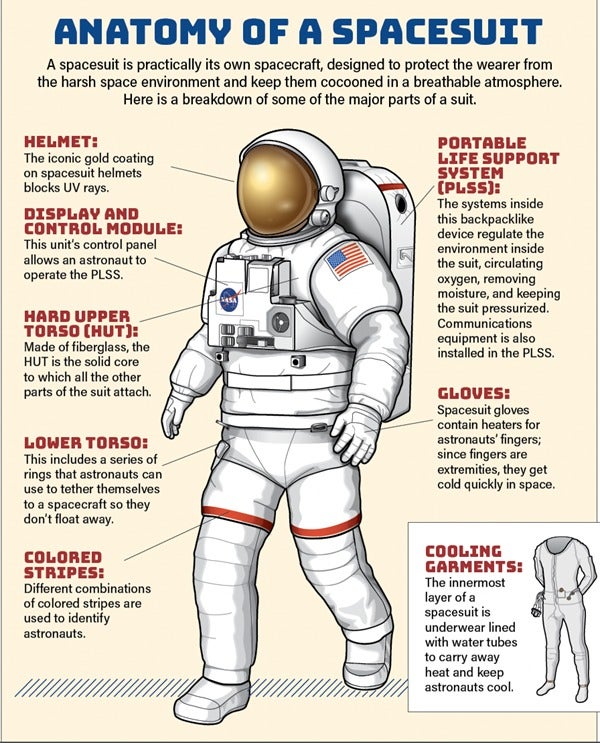
Space is a harsh environment. It’s extremely cold and there’s no atmosphere. Plus, human beings are pretty fragile creatures. So, exploring space means using special suits that allow astronauts to breathe and stay at the right temperature.
In 1961, cosmonaut Yuri Gagarin wore the first spacesuit; since then, they have come a long way. In the U.S., the Project Mercury spacesuits were just a bit different from the jumpsuits worn by fighter pilots. Each had a bubble-shaped helmet and its own air supply. The Gemini suits were more advanced and there were several types. One was for wearing inside the spacecraft, while others were for spacewalks.
NASA’s spacesuits took a big leap forward with the Apollo missions. These suits were larger and made so astronauts could walk around on the Moon for hours. The suits were fireproof and had a liquid cooling system inside. The outer layer protected astronauts from possible strikes from micrometeoroids, tiny particles of rock that zip through space at high speeds.
Space shuttle astronauts wore partially pressurized suits adapted from the Air Force. And shuttle astronauts on spacewalks used the advanced extravehicular mobility unit, which gave them a lot more protection.
Future spacesuits will be even better. New models are already being used by SpaceX astronauts and will be used by the men and women who journey back to the Moon.
14. Astronauts use the bathroom in space
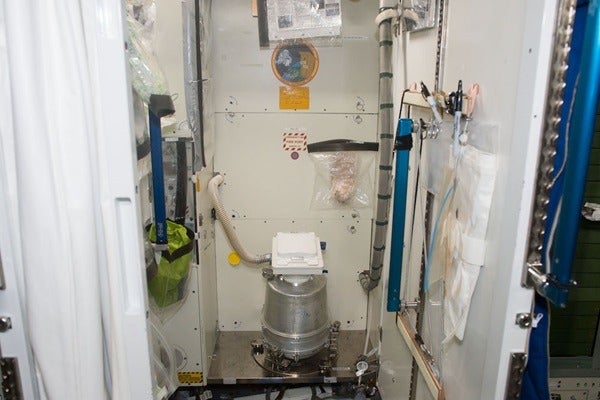
Bathrooms became very important for Alan Shepard, NASA’s first astronaut. There was no toilet because the flight would last only 15 minutes. Nobody thought that he might have to wait in his capsule for about four hours before the launch. When he asked to go, the command crew first said no, but finally said OK — but he couldn’t leave the capsule. Luckily, the air flowing through his suit dried everything out before the launch. After that, NASA designed equipment to deal with pee.
The first one was connected to a plastic tube, a valve, a clamp, and a collection bag. It wasn’t great because it sometimes leaked. In 1962, John Glenn used one on his five-hour flight.
Because the Gemini flights were a lot longer than earlier ones, NASA finally had to deal with poop in space. The first equipment was pretty simple: a bag that the astronauts taped to their butts. NASA’s first space station, Skylab, needed a toilet because astronauts would be living in space for months. Unfortunately, it was just a hole in the wall with a fan for suction and a bag.
With women as part of the space shuttle crews, NASA needed to rethink their toilet design. It was called the Waste Collection System. The opening was much smaller than a regular toilet hole, so an astronaut’s aim had to be good! Today, astronauts on the International Space Station use a much larger toilet and a vacuum sucks waste away. The waste then goes into a container that its jettisoned and burns up in Earth’s atmosphere. Using the bathroom in space is still a pain, but it’s a lot better than it was.
15. The future looks bright
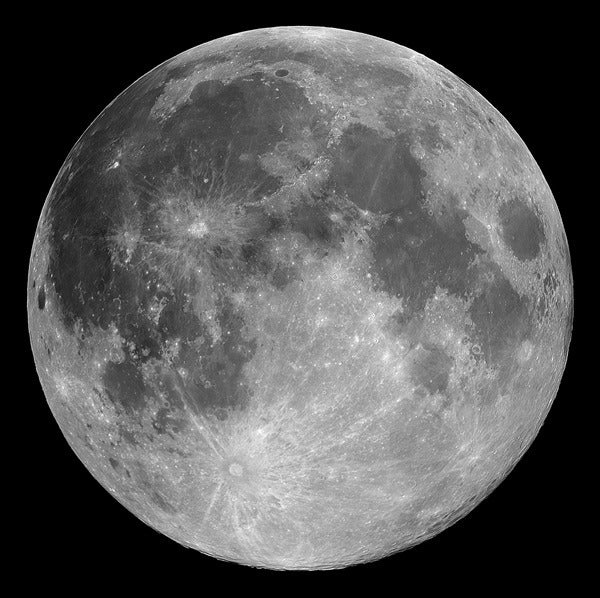
The U.S., Russia, China, India, and other nations are all active with big plans for their space programs. And rather than governments being the only players in space, private companies are now joining the effort. SpaceX, Blue Origin, Virgin Galactic, and more are getting involved in space travel.
The U.S. and China both have plans to return humans to the Moon. Japan and South Korea are planning their first robotic lunar-landing missions, too. Several countries, space organizations, and companies would also like to send humans to Mars. This would be an extremely expensive, time-consuming, and dangerous endeavor.
Many nations are also actively exploring our solar system via robotic craft, including the United Arab Emirates, which recently sent a probe to Mars for the first time. There are missions from the U.S., Europe, and Japan — both planned and underway — to visit asteroids and comets, and other missions will explore the outer planets and their moons.
Editor’s note: This article was first published in 2022 and has been updated.





